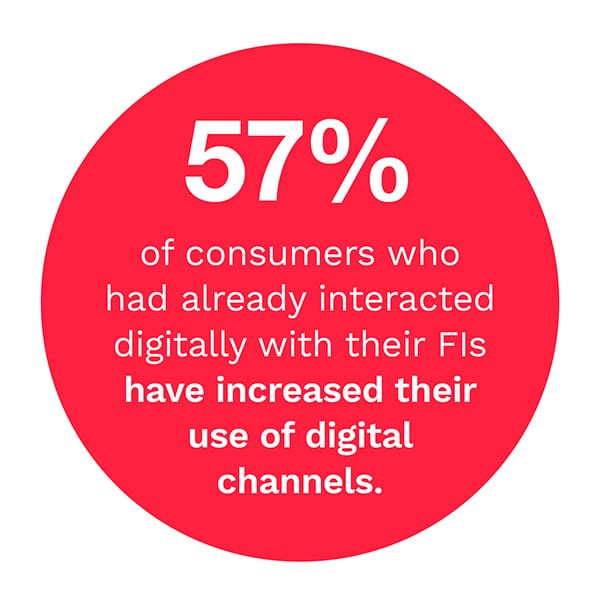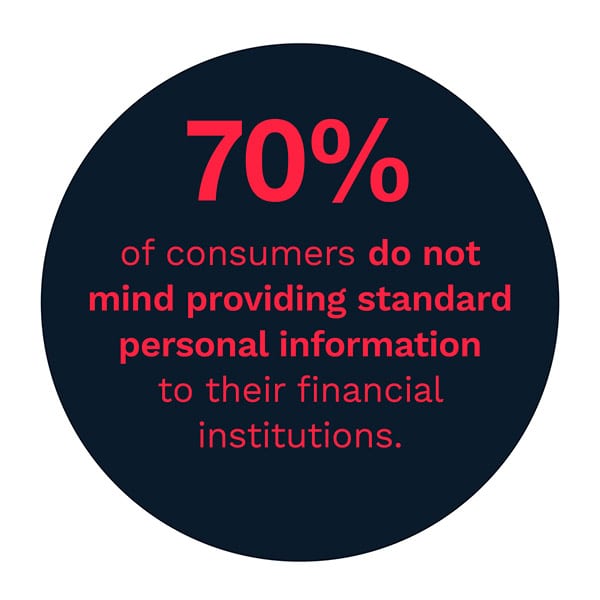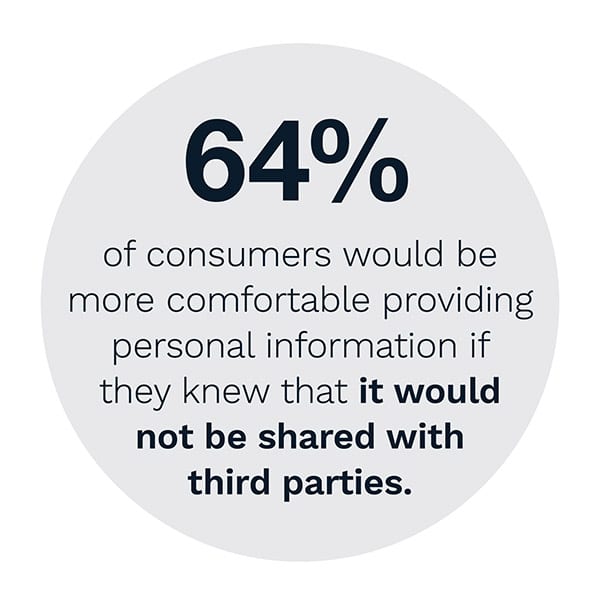New Data: Three-Quarters Of US Consumers Show Concerns About Using Face ID When Opening Accounts Online

Consumers’ interactions with their financial institutions (FIs) are turning increasingly digital. Almost two-thirds have used digital methods to open accounts in the past year, for example, and more than half would use them for future account openings.
This trend is prompting many FIs to search for new and engaging identity verification methods, especially as most consumers feel that it is very important for FIs to offer contactless methods to open or access their accounts. Enabling smooth and seamless identity verification when onboarding customers is thus a top priority.
Some FIs are utilizing biometric markers like fingerprints, facial patterns and voiceprints to verify customers, as such details are unique to each individual and can be leveraged to more seamlessly authenticate their identities. These methods require new customers to provide a great deal of personal information for onboarding and authentication, however, which some may be uncomfortable providing.
Consumers’ apprehension and lack of understanding regarding these biometrics could even lead them to seek out other financial services providers — unless FIs can address their worries and better explain the tools’ benefits.
So, how can FIs work toward offering cutting-edge biometric authentication methods without alienating or even driving away consumers?
“The FI’s Guide To Improving Digital Onboarding: Understanding How Consumers Want To Access Banking Services,” a PYMNTS and Mitek Systems Inc. collaboration, is based on a survey of more than 2,000 U.S. consumers who recently opened accounts with FIs. It focuses on how consumers feel when they are asked to share personal information with their FIs as well as what FIs can do to put consumers at ease.
 Almost 30% of consumers do not feel comfortable sharing any sensitive personal information when opening accounts, and roughly 70% would prefer not to share biometric information. This problem becomes even more severe when consumers deal with new FIs. PYMNTS’ research reveals that a little communication can go a long way toward helping FIs explain biometric-based identity verification tools and the benefits they offer when onboarding new customers, however. This could ultimately prove crucial to keeping them from abandoning the process altogether.
Almost 30% of consumers do not feel comfortable sharing any sensitive personal information when opening accounts, and roughly 70% would prefer not to share biometric information. This problem becomes even more severe when consumers deal with new FIs. PYMNTS’ research reveals that a little communication can go a long way toward helping FIs explain biometric-based identity verification tools and the benefits they offer when onboarding new customers, however. This could ultimately prove crucial to keeping them from abandoning the process altogether.
We found that 64.1% of consumers would be more at ease providing sensitive information if they understood that it would not be shared with third parties, while 63.3% would be more comfortable if they understood how their details would be protected. In addition, roughly 30% of those who do not understand why FIs need their biometric information would be more comfortable providing it if they simply had more background about the merits of doing so.
These are only some of the findings of our research. To learn more about how consumers want to access banking services, download the report.


